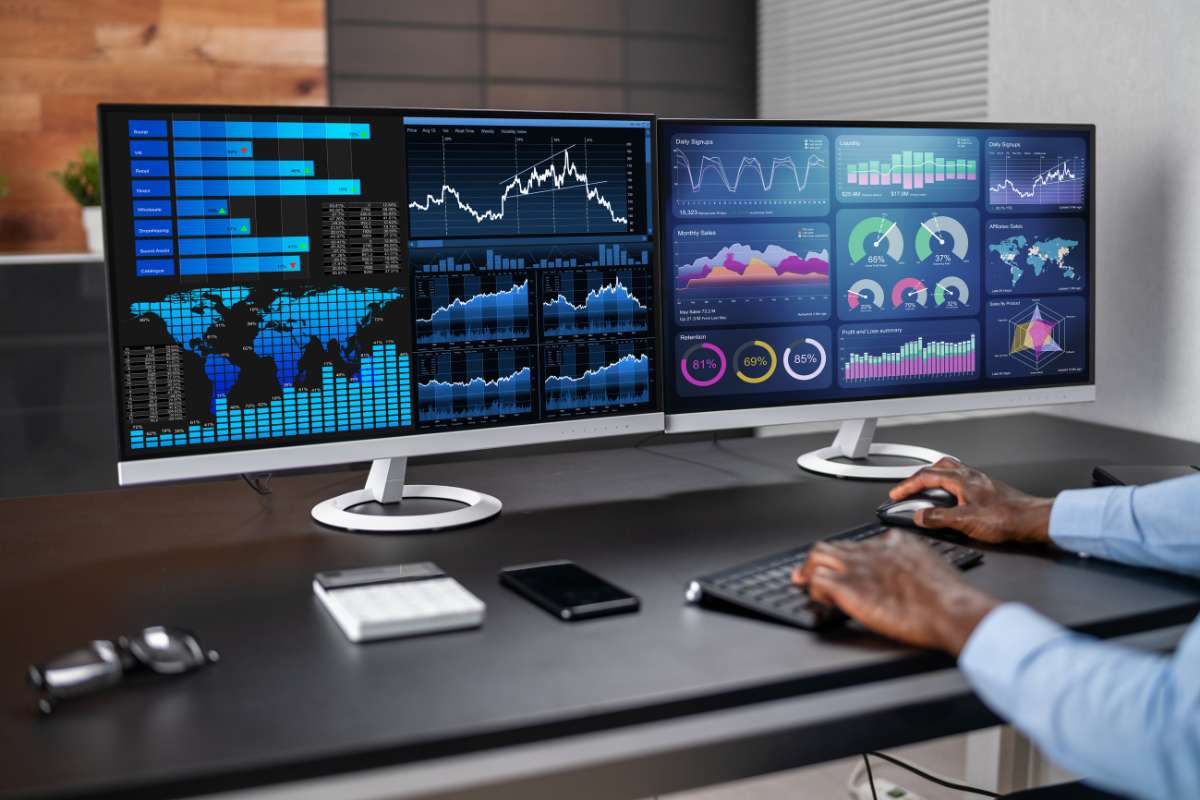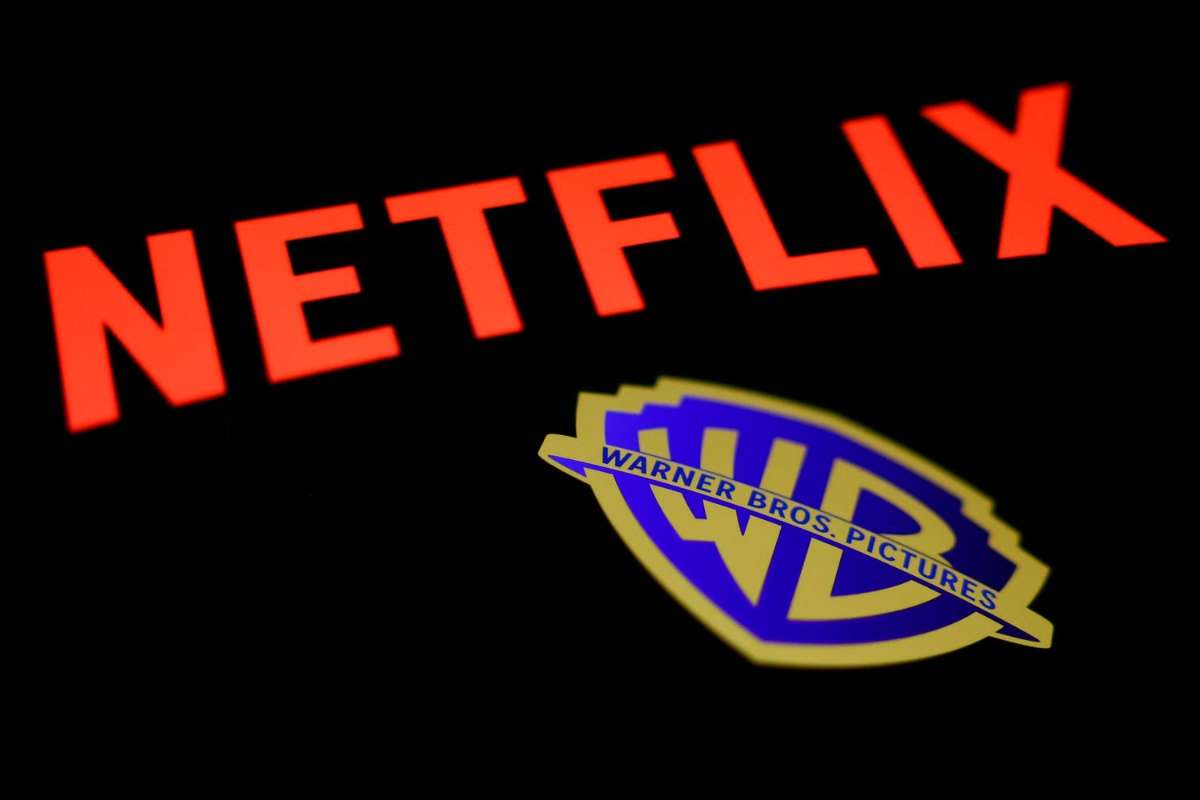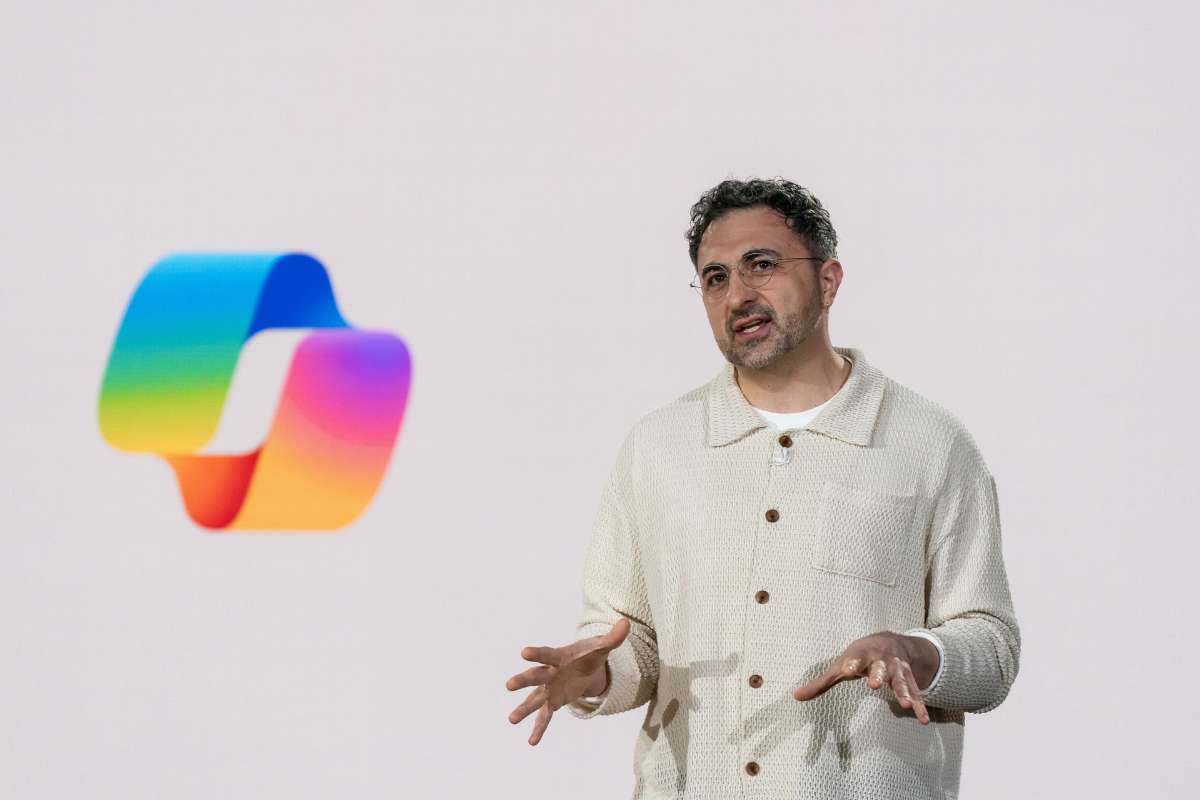Have you ever noticed how your mind drifts as you hit your stride on a project? It seems like laziness, but it’s biology. In the 1950s, researchers had deduced that our brains naturally pulse through periods of high alertness and quieter recovery, roughly every 90 to 120 minutes. Modern data science has refined this pattern into a powerful rhythm: 52 minutes of uninterrupted focus followed by 17 minutes of genuine rest. It’s not about straining yourself until the timer dings; it’s about riding the tide of your concentration, then using your break to replenish rather than scroll. This rhythm is based on studies of top performers who naturally adopted a cycle of concentrated effort followed by restorative breaks.
This article will trace the science behind the 52/17 rule and explain how it helps your daily routine. If you align your work habits with natural brain rhythms, you’ll find sharper focus, fewer energy crashes, and a more sustainable way to get things done.
What is the 52/17 Rule?

The 52/17 rule is a productivity strategy rooted in balance. It encourages focused work for 52 minutes, followed by a 17-minute break. Unlike rigid schedules that demand nonstop output, this rule acknowledges the limits of human concentration. The 52/17 rule is a time management method that asks you to work with complete focus for 52 minutes, then take a purposeful 17-minute break. Many productivity systems push you to keep going no matter what, but this rule prioritizes long-term sustainability.
The whole thing comes from actual research. DeskTime, which tracks how people work, looks at their best users and sees something interesting. They found that the most productive people weren’t grinding through 8-hour days. They worked in quick, focused chunks instead. These top performers weren’t using tricks like checking their phones during breaks. They got up, walked around, talked to people, or just stepped away completely. When they came back to work, they were more focused than before.
The whole idea rests on how our brains work. We can focus hard for about an hour, but we need breaks to make it happen. Seven years later, DeskTime ran the same study in 2021 and did it again around 2024. The 52/17 pattern held up. However, they also found something new, a more extended version (112/26) that many remote workers started using during the pandemic and kept using afterward.
Science behind the 52/17 Rule
Our brains aren’t built to focus nonstop for hours. The science behind the 52/17 rule has been telling us this for decades, but we’re just starting to listen. In the 1950s, sleep researcher Nathaniel Kleitman discovered ultradian rhythms, natural cycles that happen throughout the day, not just during sleep. These cycles last about 90 to 120 minutes, and they control when we’re most alert and when we naturally start to fade.
Here’s what happens during these cycles: your brain goes through periods of high focus, then gradually shifts into a recovery phase where concentration becomes harder. Fight against this natural rhythm, and you’ll feel drained. Work with it, and you can maintain energy all day long.
The 52/17 rule taps into this science but shortens the cycle to match modern work demands. Instead of waiting for a full 90-minute cycle to play out, you work intensely for 52 minutes in that sweet spot where your brain is firing on all cylinders. Then you take a 17-minute break before your concentration starts to slip.
Studies on attention span back this up. Research shows that most people can maintain deep focus for 45 to 90 minutes before their minds start wandering. The 52-minute work block sits in the middle of this range, giving you maximum focused time without pushing past your brain’s natural limits.
The 17-minute break isn’t random either. Neuroscience research suggests that it takes 15 to 20 minutes for your brain to reset after intense focus. During this time, your default mode network, the active brain system during rest, kicks in. This network helps process information you learned and prepares your mind for the next focused session.
This rule differs from other productivity methods because the science behind the 52/17 rule is based on what your brain does, not what you think it should do. When you align your work schedule with these natural rhythms, you use them to your advantage.
Real Case Studies of the 52/17 Rule in Action

1. Draugiem Group & DeskTime Users
Julia Gifford, a tech lead at the Latvian software firm Draugiem Group, publishes DeskTime’s research on employee focus. Her team analyzed thousands of time-tracking logs and identified that the top 10% of their most productive users worked in 52-minute bursts, followed by 17-minute breaks. These users treated each work block as a sprint, fully engaged for 52 minutes, then stepped away from their computers during the break. The result: higher daily output and fewer late-day energy slumps.
2. BBC & Wharton School Findings
In 2014, DeskTime’s data caught the attention of outlets like BBC and the Harvard Business Review. Wharton doctoral student Hengchen Dai cited the study when she showed that well-timed breaks make people more diligent and reduce costly mistakes in high-stakes fields like healthcare. Doctors at one hospital, for example, washed their hands more consistently when they took structured breaks, illustrating how brief rests can boost productivity and work quality.

3. Medical Students Using the Method
Indiana University medical students struggled with marathon study sessions until one student shared the DeskTime method in their campus newsletter. By applying 52-minute study sprints and 17-minute downtime walks on campus, students retained information better and felt less burned out during exam periods. The technique quickly spread through study groups, proving its value outside traditional office settings.
4. Creative Teams at Insightful Coaching
A small design agency led by coaches at Insightful.io integrated 52/17 into their project workflow. Graphic designers used focused work blocks for client briefs, then used breaks to flip through design magazines or take quick sketches. Team satisfaction rose by 20%, and billable hours increased by 15% within two months, showing how creative professionals can harness the rule without losing flow.
Each real-world story highlights how the 52/17 rule, rooted in DeskTime’s data, helps different teams maintain peak focus, reduce errors, and steady energy levels throughout the day. You can adopt the same rhythm in your routine by following proven examples.
Conclusion
The science behind the 52/17 rule offers more than just another productivity hack. It’s a mindset shift. By working in cycles of focus and recovery, people protect their energy, sharpen their concentration, and ultimately accomplish more in less time. Examples from professionals and creative spaces prove its value and explain why it works.
Adopting this rhythm doesn’t require drastic changes. All it takes is listening to your natural limits, respecting the need for rest, and creating a sustainable flow. In the long run, the Science Behind the 52/17 Rule isn’t about squeezing more hours into the day. Instead, it’s about making the hours you already have count.
FAQs
Q1. What is the science behind the 52/17 rule?
A: The 52/17 rule is grounded in research on ultradian brain rhythms—natural 90–120-minute cycles of alertness and rest. By working for 52 minutes (within peak focus) and taking a 17-minute break (for proper recovery), you align with your brain’s biology and sustain energy all day.
Q2. Can anyone use the 52/17 rule in their daily routine?
A: Yes. Whether in IT, marketing, healthcare, or academics, you can apply the 52/17 rule. Set a timer for 52 minutes of uninterrupted work, then follow up with a break that involves stepping away from your screen to recharge.
Q3. How does the 52/17 rule differ from other productivity methods?
A: Unlike rigid methods that push for nonstop output, the 52/17 rule respects human concentration limits. It turns complicated attention science into a simple schedule—52 minutes of deep work and 17 minutes of genuine rest—so you avoid burnout and maintain quality.
4. Will the 52/17 rule improve my focus and efficiency?
A: Studies by DeskTime show that users who follow the 52/17 rule report sharper focus, fewer errors, and higher overall productivity. You make the most of each session by syncing work sessions with your natural brain cycles and preventing the afternoon energy crash.
Q5. How do I avoid distractions during the 52-minute work blocks?
A: Turn off notifications, close unnecessary browser tabs, put your phone in a drawer, and let colleagues know when you’re in a focused work block. Some people use website blockers or apps that prevent access to distracting sites during work sessions.
Q6 Is it okay to skip breaks if I’m in a flow state?
A: It’s tempting, but research shows that your concentration declines after about an hour, even when you feel like you’re in flow. Taking a break helps you maintain that high focus for your next work session.


















